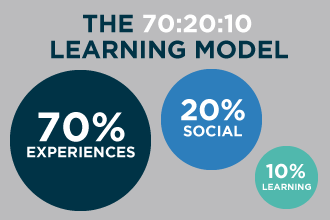A couple weekends ago we went to the family lake house out in the country and while there my ten-year-old daughter asked if she could learn to drive the golf cart. That led to my eight-year-old son asking to do the same. My husband and I agreed and thought it would be a good precursor to them eventually learning how to drive a car. Wow, was it trying. A couple weekends ago we went to the family lake house out in the country and while there my ten-year-old daughter asked if she could learn to drive the golf cart. That led to my eight-year-old son asking to do the same. My husband and I agreed and thought it would be a good precursor to them eventually learning how to drive a car. Wow, was it trying.
At the beginning, there was screaming and crying, and I won’t lie, sometimes it was me. Aside from the screaming and crying, teaching both kids at the same time was very enlightening and provided even more evidence on how different my children are. My son is very dexterous, has no fear, and is quick to blame. My daughter is cautious, methodical, and scared to let go.
I had no idea going into it how fascinating it would be to see how they each developed this difficult new skill. My daughter wasn’t too keen on taking directions from my husband and I, and even asked if she could watch a video on YouTube. She took longer to learn but she was a much better driver and followed all the rules. My son picked things up quickly, enjoyed watching my husband show him how to steer and change gears, but was too impulsive and wanted to go faster than he should have. He would definitely win a race, but she would pass the driver’s test sooner.
This real life learning example is essentially the 70:20:10 learning and development model at work. This model proposes that 70% of learning comes from experiences in day-to-day tasks or challenges, 20% comes from socially interacting with others through coaching or networking, and 10% comes through structured, formal learning programs. There is variation within this learning model, as some of us may absorb more in a social environment, such as talking to their colleagues, rather than on their own, or in a structured course.
This would have them at a 65:25:10 ratio. In the case of my children, I would guess my son is a 60:30:10, as he thrived learning with others around him, guiding him, and watching out for him. Whereas my daughter is more likely a 75:15:10, as she wanted to do things on her own and learn using her own methods.
This model is one that I encourage all managers to adopt when training employees. Many companies have new hires shadow another employee as their on-boarding training. This touches upon the social learning method.
Other companies require the new hire to take ESA’s National Training School Certified Alarm Technician Level I course, as it provides an in-depth look into all components of an alarm installation. This is the formal education portion. Finally, some companies hire new technicians who they hope have adequate knowledge and send them straight out into the field to learn as they go. This would be the experiential learning model.
However, research has shown that the most beneficial development programs are those that incorporate experiential, social, and formal learning opportunities at the 70:20:10 ratio. What would this look like to the general alarm company? Upon hiring a new technician provide them with a check list of skills you require them to learn and have them journal the new skills they mastered that day, week, or month.
Include in their on-boarding training that they shadow another employee for a set period of time.
Finally, add in a formal training course that will reinforce the concepts they have learned through experiential and social interactions, and teaches them the reasoning behind the procedures they were taught.
Incorporating this type of training program will touch upon all three types of core learning methods, and guarantee that skills will be mastered and adopted. Well, that is until technologies change and learning has to start all over again…
For more information about our 10% training programs visit the ESA National Training School site.




